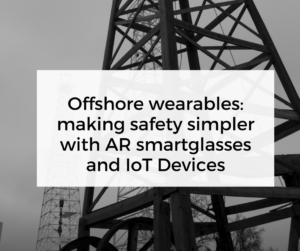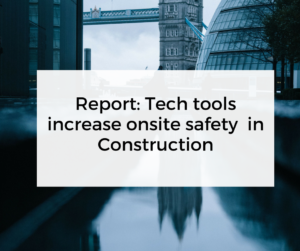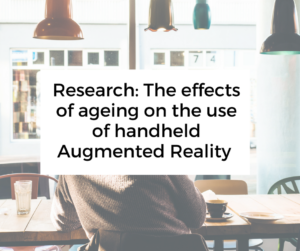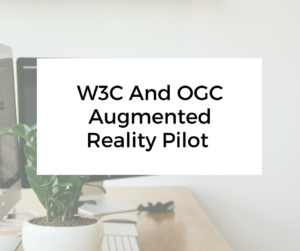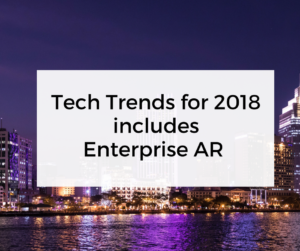Latest Augmented Reality and AR Smart Glasses Industry Reports
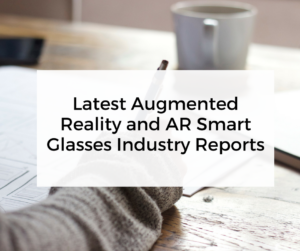
Readers will have no doubt noticed that there are many industry reports on a variety of augmented reality markets, making it difficult to know which ones are relevant.
The key findings from the latest industry reports on augmented reality and smart glasses.
Global Market Insights AR Market to hit $50 billion by 2024
Details of the report can be found here.
This is according to a new research report by Global Market Insights, Inc. The shipments are expected to witness more than 75% growth from 2017 to 2024. Predominantly owing to the rising popularity of smart-glasses.
Global AR Smart Glasses Market Intelligence Report 2017
Details of the report can be found here.
Manufacturers mentioned in the report include: Sony, Google, Microsoft, Epson, Toshiba, Qualcomm, Recon, Vuzix, APX amongst others.
AR Smart Glasses Market analysis report offers the analytical read of the business by learning various factors like market growth, consumption volume, market trends and business price structures throughout the forecast amount from 2017 to 2022.
AR and VR in Healthcare Market Analysis
The global Augmented Reality (AR) & Virtual Reality (VR) in healthcare market size was valued at USD 568.7 million in 2016 and is projected to grow at a CAGR of 29.1% during the forecast period. The growing integration of technology & digitalization in healthcare, increasing healthcare expenditure & focus on delivery of efficient health services, and its significance in training healthcare professionals are some of the key factors driving the increasing adoption of AR and VR technologies.
